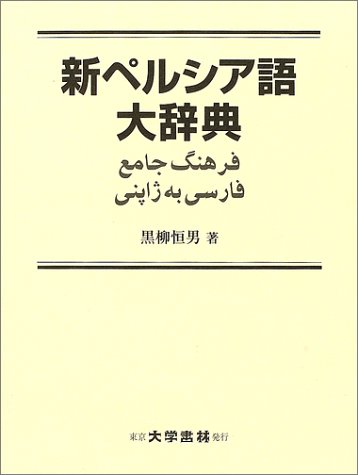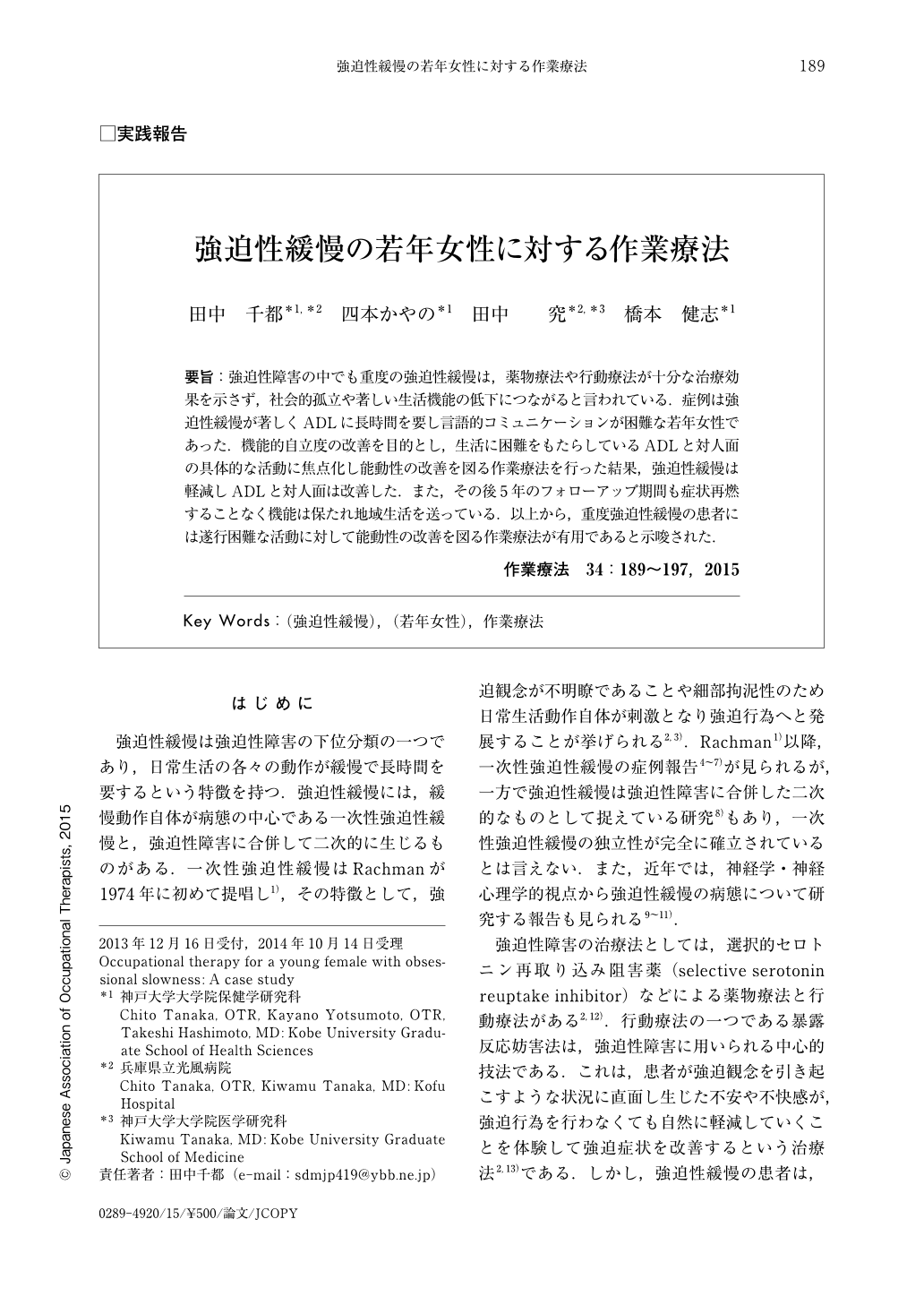- 著者
- 高坂 直之
- 出版者
- 北海道教育大学
- 雑誌
- 北海道教育大学紀要 第1部 B 社会科学編 (ISSN:03864480)
- 巻号頁・発行日
- vol.23, no.1, pp.14-26, 1972-09
1 0 0 0 OA 珍奇人形から原始美術へ : 非西洋圏の造形に映った戦後日本の自己像
- 著者
- 川口 幸也 Yukiya Kawaguchi
- 出版者
- 国立民族学博物館
- 雑誌
- 国立民族学博物館研究報告 = Bulletin of the National Museum of Ethnology (ISSN:0385180X)
- 巻号頁・発行日
- vol.36, no.1, pp.1-34, 2011-10-31
本稿では,プリミティヴ・アートと総称された非西洋圏の造形が,戦後の日本でどのように紹介されたのかを,昭和30 年代に行われた展覧会を通してなぞり,そこに映っていた日本人の自己像を明らかにしようとする。1955 年(昭和30),東京で「アジアアフリカ珍奇人形展」という展覧会が,バンドンで行われたアジアアフリカ会議に合わせて開かれた。その後1960 年(昭和35)には,国立近代美術館で「現代の眼―原始美術から」展が開催される。わずか5年間に,アジア,アフリカの仮面や神像たちは珍奇人形から原始美術へと昇格した。この原始美術展は新聞,雑誌の大きな注目を集め,アジア,アフリカ,オセアニアなど原始美術によって語られる「彼ら」と,近代化に成功した「われわれ」との対比が強調された。さらに4 年後の1964 年(昭和39),東京オリンピックの年,まず「ミロのビーナス」展が官民一体の協力によって実現した。また東京オリンピックの芸術展示として「日本古美術展」などが東京で行われた。この展示には124 点もの縄文時代の造形が出品されていたにもかかわらず,「原始美術」という枠はここでは消えていた。おそらく,戦後復興を遂げ,先進国の一員となったことを世界にアピールするうえで,日本の原始美術は不都合だったのである。珍奇人形から原始美術への格上げも,原始美術とされた縄文の土器,土偶の古美術への編入も,また「ミロのビーナス」展が行われたのも,東京オリンピックを機会に,西洋先進国と肩を並べたということを国の内外に向かって誇示しようとする明確な意思の表れだったといえる。ただし一方で,土方久功のように,冷静に西洋に距離を置こうとしていた人間がいたことも忘れるべきではない。
- 著者
- 出口 由美
- 出版者
- 関西大学フランス語フランス文学会
- 雑誌
- 仏語仏文学 (ISSN:02880067)
- 巻号頁・発行日
- no.36, pp.127-152, 2010
1 0 0 0 西之島に派遣された測量船「昭洋」 (特集 海上保安庁 2016)
1 0 0 0 海上保安庁初の統合電気推進測量船「平洋」拝見!
1 0 0 0 OA 化粧による「かわいい/きれい」の印象変化の検討
- 著者
- 荒井 良徳 佐藤 杏子
- 出版者
- 日本知能情報ファジィ学会
- 雑誌
- 日本知能情報ファジィ学会 ファジィ システム シンポジウム 講演論文集 第21回ファジィ システム シンポジウム
- 巻号頁・発行日
- pp.152, 2005 (Released:2007-05-29)
女性の顔のパーツの色や形状を微妙に変化させる化粧は、見る人の印象を変化させる。本稿ではリップ、アイシャドー、チーク、ノーズシャドウの化粧を対象として、まずこれらの化粧具合を自動的に画像計測できるかを試作システムによって検討した。また「かわいい」「きれい」とされる化粧をし、実際に人間によるどのような印象を与えるかを実験した。結果として、化粧具合の画像計測の可能性が見出された。また実際に人間に与える化粧についていくつかの知見が得られた。
1 0 0 0 OA 民事判例研究
- 著者
- 南 健悟
- 出版者
- 北海道大学大学院法学研究科
- 雑誌
- 北大法学論集 (ISSN:03855953)
- 巻号頁・発行日
- vol.59, no.6, pp.412[259]-385[286], 2009-03
判例研究
1 0 0 0 OA 南部北上山地大沢層(下部三畳系)よりヒボドゥス属板鰓類の発見
- 著者
- 加藤 敬史 長谷川 清史 石橋 毅
- 出版者
- 一般社団法人 日本地質学会
- 雑誌
- 地質学雑誌 (ISSN:00167630)
- 巻号頁・発行日
- vol.101, no.6, pp.466-469, 1995-06-15 (Released:2008-04-11)
- 参考文献数
- 18
- 被引用文献数
- 4 12
- 著者
- 飯島 一彦
- 出版者
- 日本歌謡学会
- 雑誌
- 日本歌謡研究 (ISSN:03873218)
- 巻号頁・発行日
- no.56, pp.101-111, 2016-12
1 0 0 0 OA 現代代表女流年刊歌集
1 0 0 0 IR 清末・民国期における男子服装 : 長袍と中山服を中心に
- 著者
- 乗松 佳代子 Kayoko NORIMATSU
- 出版者
- 愛知県立大学大学院国際文化研究科
- 雑誌
- 愛知県立大学大学院国際文化研究科論集 = Bulletin of the Graduate School of International Cultural Studies Aichi Prefectural University (ISSN:13454579)
- 巻号頁・発行日
- no.16, pp.261-288, 2015
1 0 0 0 IR 現代中国の服飾と社会に関する初歩的考察--中山服と旗袍を一例に
- 著者
- 乗松 佳代子
- 出版者
- 愛知県立大学
- 雑誌
- 愛知県立大学大学院国際文化研究科論集 (ISSN:13454579)
- 巻号頁・発行日
- no.10, pp.53-81, 2009
1 0 0 0 OA 交付税交付金を通じた政策誘導と財源保障機能
- 著者
- 武田 公子
- 出版者
- 金沢大学人間社会研究域経済学経営学系 = Faculty of Economics and Management Kanazawa University Kanazawa, Japan
- 雑誌
- 金沢大学経済論集 = Kanazawa University Economic Review (ISSN:02854368)
- 巻号頁・発行日
- vol.29, no.1, pp.245-267, 2008-12-26
1 0 0 0 雅楽関係の資料調査から
- 著者
- 須田 真由美
- 出版者
- 山形県立博物館
- 雑誌
- 山形県立博物館研究報告 = Bulletin of the Yamagata Prefectural Museum (ISSN:09109463)
- 巻号頁・発行日
- no.35, pp.47-54, 2017-03
1 0 0 0 応永期における渡唐天神説話の展開
- 著者
- 芳澤 元
- 出版者
- 公益財団法人 史学会
- 雑誌
- 史学雑誌 (ISSN:00182478)
- 巻号頁・発行日
- vol.120, no.10, pp.1675-1696, 2011
<p>When taking up the question of the essential character of Japanese Buddhism during the Muromachi Period, it is necessary to investigate its influence on the era's cultural phenomena. For example, in the recent research dealing with Muromachi culture, focus has been placed on the period's Oei 応永 Era (1394-1428), which amends conventional Kitayama vs. Higashiyama view of the period's cultural history; however, when turning to the subject of the cultural influence of Zen Buddhism, the discussion has not developed beyond the classic study by Tamamura Takeji, which concentrates on the unique character of Shogun Ashikaga Yoshimochi. The cause of the problems that have now arisen is that the research taking up 1) obscure source materials related to the Gozan 五山 Zen temples and 2) the social aspects of Zen Buddism has not yet dealt with the Oei Era. This situation is mainly the responsibility of the historical research done on Buddhism in general and Zen in particular that ignores the aspect of culture. The present article discusses the Tale of Totou Tenjin 渡唐天神, a Buddhist story about Sugawara-no-Michizane (later diefied as Tenjin, the patron of scholarship and the literary arts) appearing in a dream of a Zen monk who advises him to journey to Tang China to learn the art of Zen meditation from his master Fojian 仏鑑, in relation to poetic picture scrolls and the renga 連歌 genre of Japanese poetry. It was during the Oei Era that such aspects of the tale appearing in the latter half of the 14th century as the dream about Michizane and Tenjin folk beliefs, as well as the activities of Zen monks studying abroad in China writing poetry about such subjects as the literati of Jiangnan (Jiangnan renwen 江南文人) and the legend of Tobiume 飛梅, a legendary plum tree planted by Michizane at the Dazaifu Tenjin shrine (Kyushu), all began to be edited as illustrated versions. The author argues that despite the vast research literature dealing with the Tale of Totou Tenjin, no definitive work has yet to appear on the meaning of and historical background to its popularity during the Oei Era. Next, the author takes up records of Ouchi Morimi, the governor of Suo and Nagato Province (Yamaguchi) and home of the Matsuzaki Tenjin shrine, presenting a pictorial image of Totou Tenjin to Shogun Yoshimochi while residing in Kyoto and excerpts from literary works on the subject of the image, in order to show Morimi's conversion to Tenjin beliefs while in Kyushu and the process by which Morimi traveled to Kyoto after Yoshimochi the suceeded to the head of the House of Ashikaga and received the Shogun's favor. From that time on, what led to the further development of the Tale were 1) Yoshimochi and Morimi's adoration of Tenjin and the participation of the shogun and Gozan Zen monks in Tenjin-related Buddhist ceremonies sponsored by Morimi, which would end with renga poetry writing and 2) Koun Myogi, aristocrat, Zen monk and literatus serving the shogun, who was also deeply interested in the Tale of Totou Tenjin, instructing Gozan Zen monks in the literary arts. The world of the Gozan temples and provincial governors participating in the promotion of the literary arts and the appreciation of the fine arts was formed under the auspices of cooperative personal relationships developed between the capital and the provinces during the Oei Era; and it was this world in which the Tale of Totou Tenjin became the main theme in a wide range of artwork. The image of Totou Tenjin is characterized not only by elements limited exclusively to the events and social structure specific to the Oei Era, but also by more fluid elements easily articulated with themes unrelated to Zen Buddhism. This dual character enabled the Tale to develop while gradually drifting away from its original Zen context, and it could not have continued on past the Muromachi cultural scence into the late premodern period merely on</p><p>(View PDF for the rest of the abstract.)</p>
1 0 0 0 強迫性緩慢の若年女性に対する作業療法
要旨:強迫性障害の中でも重度の強迫性緩慢は,薬物療法や行動療法が十分な治療効果を示さず,社会的孤立や著しい生活機能の低下につながると言われている.症例は強迫性緩慢が著しくADLに長時間を要し言語的コミュニケーションが困難な若年女性であった.機能的自立度の改善を目的とし,生活に困難をもたらしているADLと対人面の具体的な活動に焦点化し能動性の改善を図る作業療法を行った結果,強迫性緩慢は軽減しADLと対人面は改善した.また,その後5年のフォローアップ期間も症状再燃することなく機能は保たれ地域生活を送っている.以上から,重度強迫性緩慢の患者には遂行困難な活動に対して能動性の改善を図る作業療法が有用であると示唆された.


